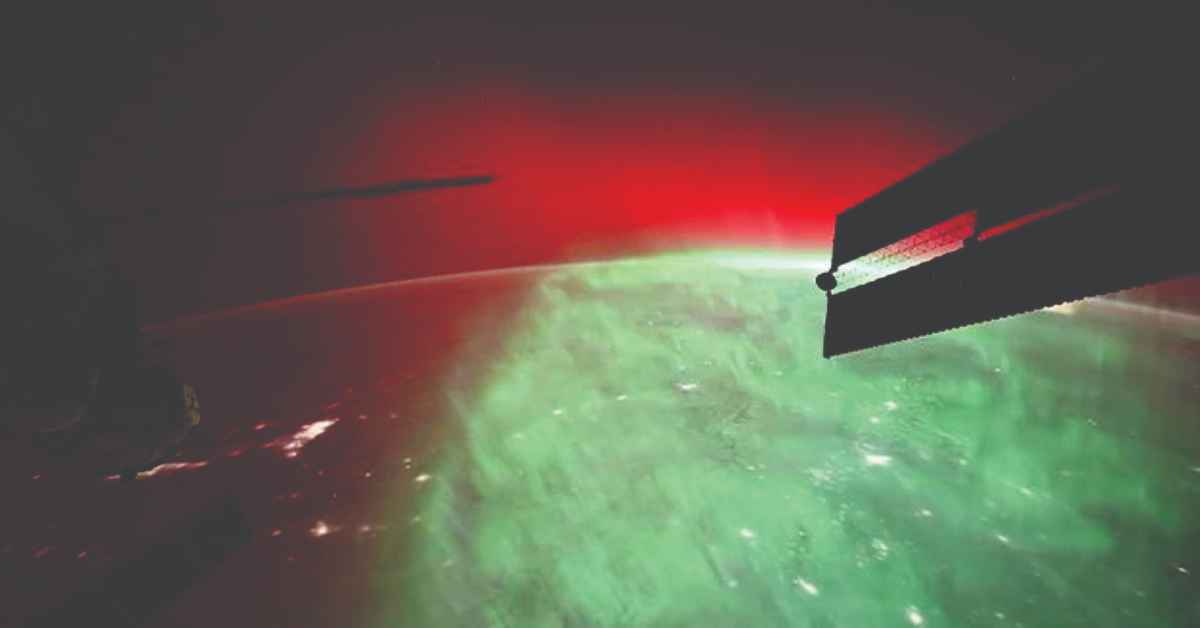Aurora Borealis Illuminate New Year’s Eve Sky with Breathtaking Display
According to Space.com, these CMEs painted the night sky with vibrant auroral displays that captivated viewers worldwide.

The New Year arrived with a spectacular celestial performance as the northern lights, or aurora borealis, lit up skies across the Northern Hemisphere, reaching as far as California, Austria, and Germany.
This awe-inspiring phenomenon provided a natural complement to the fireworks and celebrations on the ground.
The mesmerizing light show was triggered by two coronal mass ejections (CMEs) from the Sun that struck Earth’s magnetic field, igniting geomagnetic storm conditions.
According to Space.com, these CMEs painted the night sky with vibrant auroral displays that captivated viewers worldwide.
The first CME impacted Earth’s magnetic field on December 31 at 16:21 GMT, followed by a second strike later that evening.
These solar eruptions released electrically charged particles, or ions, which collided with Earth’s magnetosphere.
These interactions created geomagnetic storms, during which ions interact with atmospheric gases, releasing energy as light.
This energy forms the dazzling auroras, known as the aurora borealis in the Northern Hemisphere and aurora australis in the Southern Hemisphere.
The New Year’s Eve light show was a radiant and natural display of beauty, offering a unique spectacle for those fortunate enough to witness it. For many, the auroras symbolized a magical start to the new year.
Excitingly, the Sun has emitted another CME heading toward Earth, which could result in additional auroral displays around January 3 or 4.
Space weather physicist Tamitha Skov predicts this next event may once again grace the Northern Hemisphere with its ethereal glow.
